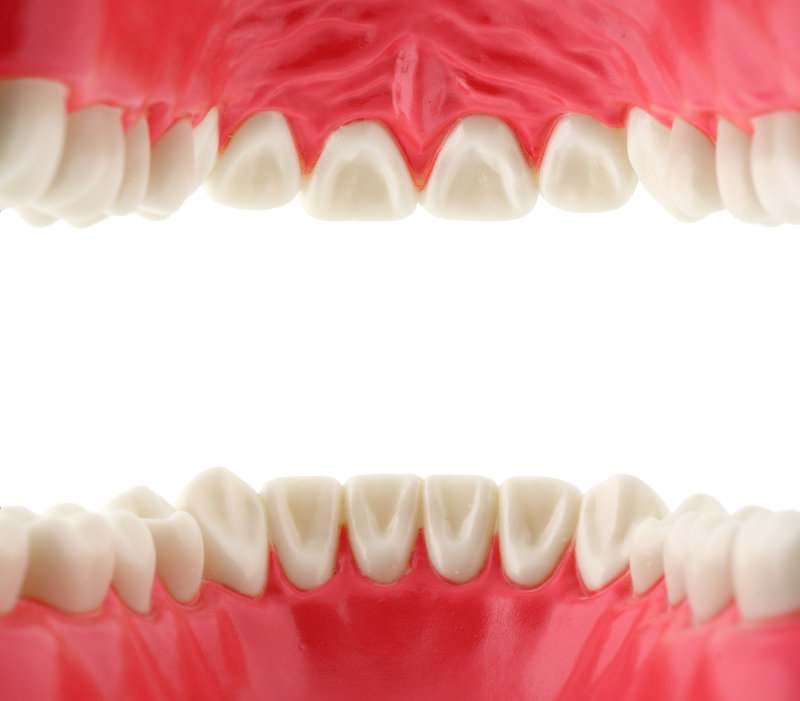All the Parts of the Mouth

Can You Name All the Parts of the Mouth?
Also referred to as the oral cavity, the mouth is considered the first part of the digestive tract. It’s also considered the second part of the respiratory tract since – along with the nose – your mouth allows you to breathe. The mouth’s shape and parts modify the sounds produced by the vocal chords so you can speak, and it’s also a chemosensory organ, which means it’s a processing center for sensory information that is then sent to the brain for translation. With all of these responsibilities, it makes sense that the mouth contains so many important parts.
Apex of the tongue: This is the very tip of your tongue. It’s the most dexterous part of the tongue, allowing you to control and move food around in your mouth, and helping you to enunciate words.
Body of the tongue. Just past the apex of the tongue is the body, or the corpus linguae. It stretches from the tip to the base of the tongue, where it’s anchored in the back of the mouth. The tongue is covered in tiny little bumps, papillae. Some of them help to clean and disinfect the tongue, others house the taste buds. Fun Fact: Contrary to what we used to think, taste buds are not divided up in sections of the tongue- sweet, salty, sour, bitter, etc. Instead, we’ve learned every taste bud has the ability to taste the various flavor profiles to some degree.
Gums (gingiva). The gums form the soft tissue that surround and support the teeth’s roots and bases. Contrary to what you might think, the roots are actually embedded into your jawbone, and while the gums hug the teeth, the teeth are actually pocketed in v-shaped grooves in the gums, called sulcuses.
Teeth. Teeth are used for so much more than chewing (masticating). They give your face shape and they create resonance and definition in your speech. Losing teeth is detrimental to both your confidence and your health, which is why dental implants are so important in maintaining oral and overall health if you do lose teeth for whatever reason.
The crown of the tooth is the portion of the tooth above the gum, and the root is the portion below. Adults have 32 teeth, including the wisdom teeth. However, most people have to have all or some of their wisdom teeth removed to prevent crowding leaving adults have only 28 teeth. Fun Fact: Each of your teeth is considered an organ.
Hard and soft palate. The hard palate is part of your skull, and is made from two different bones – maxillary bones in the front and palatine bones in the back. The soft palate is a muscular contraption that is designed to pull down with the uvula, and the base of the tongue moves up so the airway (trachea) is completely blocked whenever you swallow. Sometimes, this palate doesn’t close all the way when a baby is forming in utero. This contributes to a cleft palate, one of the most common birth defects.
Salivary glands. There are several different salivary glands in the mouth, all designed to secrete saliva onto your tongue. While it keeps the mouth moist, saliva also contains enzymes that begin digesting food before it ever reaches your stomach. Saliva washes all of the tissues and organs in the mouth and it also contains antimicrobial substances to keep foreign bacterial at bay. This is why dry mouth is such a problem, leading to gingivitis and tooth decay among other things. Fun Fact: If you look in a mirror, open your mouth a bit and lift your tongue up and back, you’ll see two of these glands very prominently right at the floor of the mouth, between your lower teeth and the tongue. These two glands are called sublingual glands.
Tonsils. Most people know they have tonsils because they have felt and seen them respond to infection. Part of the lymph system, tonsils help to gather and move bad bacteria out of harm’s way. The tonsils you see well on each side of the back of your throat are the palatine tonsils. Your other tonsils are called lingual tonsils, and they’re visible on your tongue, in the back – one on each side. They look a little different from the papillae covered portions of your tongue, with larger, smoother bumps.
Sometimes, the palatine tonsils are chronically enlarged, particularly in people who’ve had multiple throat infections. If this is the case, and it’s causing sleep apnea, snoring or other problems, we may recommend a tonsillectomy.
Uvula. The uvula is that small cone or U-shaped projection that hangs from the middle of the soft palate in the back of the mouth, dangling over – but not touching – the tongue. Our patients often refer to it as, “that wiggly thing at the back of my throat.” To be honest, the uvula is a bit of a mystery and we’re not 100% sure what it does. Our theories are that it helps with speech, guiding food/liquids down the throat, protecting your nasal passages from inadvertently sucking up food/liquid, help trigger the gag reflex and may help your immune system out.
Epiglottis. This flexible flap of skin is located at the upper end of the larynx. If you open your mouth wide and peer down, past the uvula, you can probably see or even touch the epiglottis (although that will cause you to gag). In addition to keeping food out of the trachea (wind pipe) when you swallow, the epiglottis causes a cough or gag reflex if a piece of food gets stuck at the mouth of the trachea.
We hope this has helped you learn something new about the anatomy of your mouth!